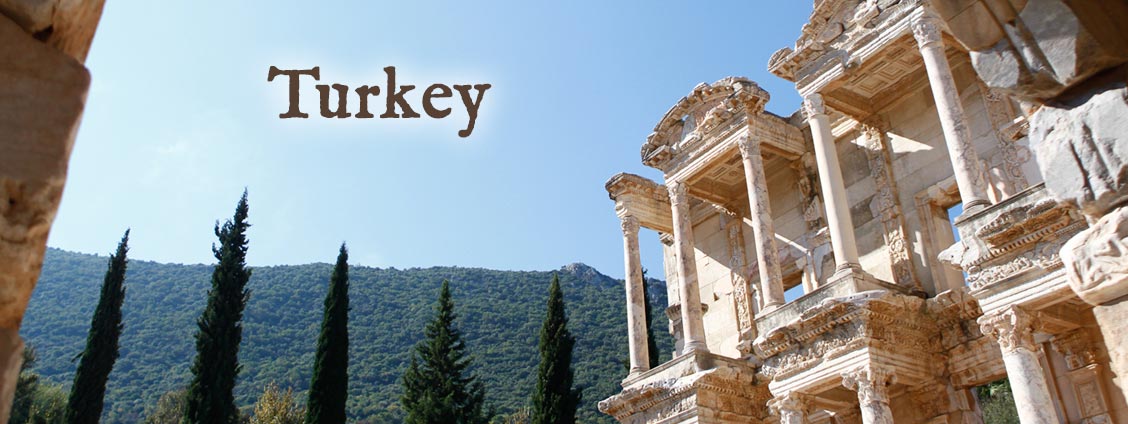Joshua Wilderness Institute - Israel
March 26 - April 7, 2017
Subscription options are no longer available for this tour.
Help support our friends in Israel in their time of need.
Mountains, Valleys and Oceans
Caffeinated and full of gluten, we load onto the bus and leave the Sea of Galilee, excited to move onto new adventures. With Jerusalem as the final destination, we make our first stop in the city of Nazareth. It is windy and a bit chilly as we take a small hike to the top of Mount Precipice, overlooking the city of Jesus’ upbringing. Middle Eastern pop music plays from a school below, audible when we aren’t listening to Rich’s teaching on the Jewish tradition of Torah reading, something in which Jesus would have partaken. Hearing about the close Jewish community that Jesus was a part of helps us see the tension between Jesus and the Pharisees that was prevalent in Jesus’ later years.
Nazareth
Situated inside a bowl atop the Nazareth ridge north of the Jezreel valley, Nazareth was a relatively isolated village in the time of Jesus with a population less than two hundred. Today Nazareth is home to more than 60,000 Israeli Arabs; Upper Nazareth is home to thousands more Jewish residents.
We are then brought to the top of Megiddo, a tel overlooking the Jezreel Valley. We take a bit of a hike to the top, where the rocks covered with squirmy, black millipedes and the cool breeze sends chills down every one of our spines. This tel saw a lot of bloodshed, as every major historical battle in Israel was fought here due to its strategic location as a crossroad. Despite all the bloodshed, our teacher Craig is able to emphasize the importance of worship--how worship of the one true God is what distinguishes those who persevere through tough times. We end our teaching with singing the Doxology, and descend through a tunnel that was dug to bring water to the city.
Megiddo
From the earliest times (EB) to the earliest historical records of the area (Thutmose III) to the future (Revelation 16), Megiddo assumes a prominent role. This is largely owing to its strategic location astride the Megiddo Pass (Wadi Ara) and inside the busy Jezreel Valley.
After a lunchbreak of falafel, schnitzel, and a colorful veggie bar, we ascend to the top of Mount Carmel via bus, and are overlooking a bright and picturesque view of the largest valley in Israel, green with vegetation, and a cloudy, blue sky above. What it lacks in actual caramel, Mount Carmel made up for in its panoramic views of lush valleys and the Mediterranean Sea (on a clear day). Mount Carmel translates to God’s vineyard; it is an evergreen, life-giving mountain range, the only region in Israel that is green all year long. Here, the prophet Elijah defeated King Ahab’s god Baal, proving that the God of Israel is the one and only true God.
Mt. Carmel
Biblically, Mt. Carmel is referenced most often as a symbol of beauty and fertility. To be given the “splendor of Carmel” was to be blessed indeed (Isa 35:2). Solomon praised his beloved: “your head crowns you like Mount Carmel” (Song 7:5). But for Carmel to wither was a sign of devastating judgment (Nahum 1:4).
Our last stop before our hotel in Jerusalem is King Herod’s city of Caesarea, on the coast of the Mediterranean Sea. King Herod built the city to be a Mecca of trade, sports, and entertainment, which it succeeded in becoming. We walk along where the hippodrome stands, where many people once stood to watch brutal chariot races, and feel the sea breeze rustling our hair out of place and misting our faces with cool, salty water. It was here that Paul was brought when he was forced to await trial, eventually being tried by Felix after three years of waiting. Paul’s mission of sharing the gospel to urban places brought him to this place of waiting, this three-year pause from what he like felt he ought to be doing. Our teacher related this to what we may be experiencing while being in the Joshua program, seeing life continue quickly on around us. I was reminded to be content in the here and now, not wistfully wishing I was somewhere else, or it was some other time. We feel like our mission is always to go but sometimes God has us stay in certain places. Sometimes the waiting is our mission. We end our stay in this ancient city licking ice cream and sipping coffee, feeling the salty breeze on our faces and some of us venturing down to the coast to feel the cold sea rush over our feet.
And now, we find ourselves here in our bus yet again with classic rock playing loudly on the speakers above, headed to our last hotel in Jerusalem.
--Regina and Simone
Caesarea Maritima
The city and harbor were built under Herod the Great during c. 22–10 BC near the site of a former Phoenician naval station known as Stratonos pyrgos (Στράτωνος πύργος).[2] It later became the provincial capital of Roman Judea, Roman Syria Palaestina and Byzantine Palaestina Prima provinces. The city was populated throughout the 1st to 6th centuries CE and became an important early center of Christianity during the Byzantine period, but was mostly abandoned following the Muslim conquest of 640. It was re-fortified by the Crusaders, and finally slighted by the Mamluks in 1265.

Upcoming Signature Tours
With 30 years of experience creating trips for other ministries, we've prepared our own signature study tours featuring some of our favorite itineraries and compelling teachers! If you've never been on a GTI Study Tour, take a moment to learn more about what you can expect.

GTI Signature Germany Study Tour
Sep 11-19, 2024
Learn More

Turkey / Greece Signature Study Tour
Sep 15-25, 2024
Learn More

Egypt / Jordan Signature Study Tour
Mar 5-17, 2025
Learn More